NASA’s PACE mission stands for Plankton, Aerosol, Cloud and ocean Ecosystem.
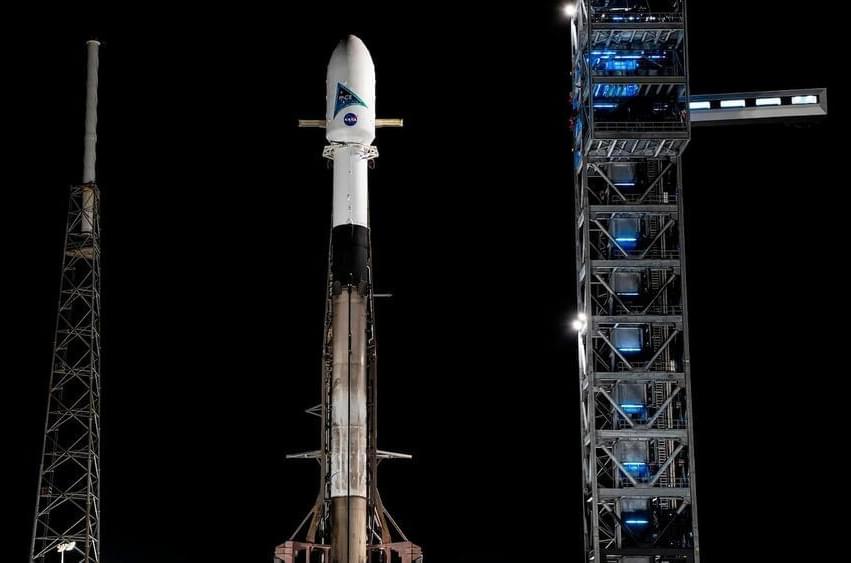

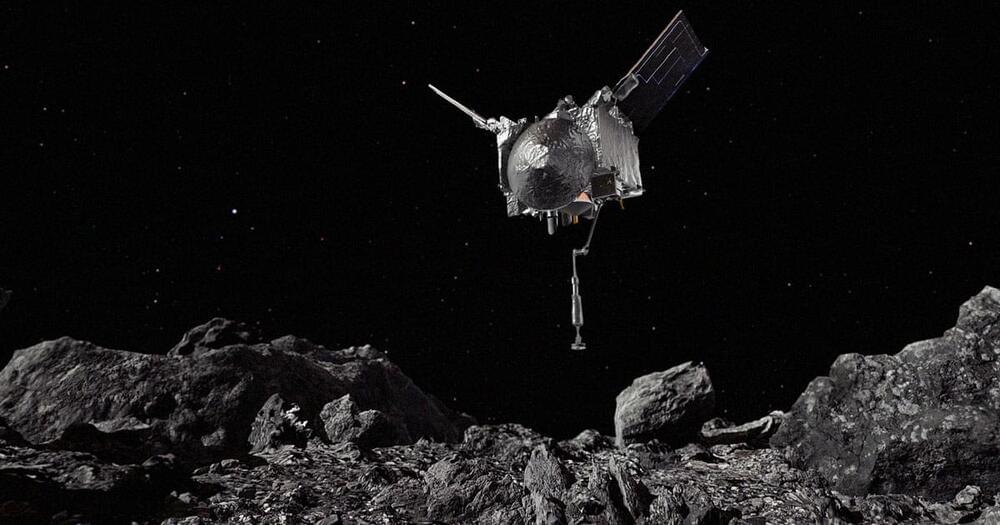

The MMU was the highlight of the STS-41B mission as demonstrated by the stunning mission photographs that graced the cover of Aviation Week & Space Technology, not once, not twice, but three times.
“Hoot” Gibson, the flight’s pilot, shot the photograph featured on the February 20, 1984, issue of the magazine from the crew cabin. Gibson remembered he was the only one on the crew that “had absolutely nothing to do” as McCandless made his way out into space, so he picked up a Hasselblad camera and began documenting the events. When he first looked through the camera’s viewfinder, he could not believe what an incredible sight it was to see McCandless untethered, floating above the Earth. Gibson wanted to capture what he was seeing and remembered how meticulous he was. For each photograph he took three light meter readings and checked the focus four times. In the crew’s photography training he learned that an off-kilter horizon looked wrong and was not pleasing to the eye. That presented a slight problem because Challenger was at a 28.5-degree inclination, so he “tilted the camera to put the horizon level in the pictures.”
A dense galaxy is much different than it appears.
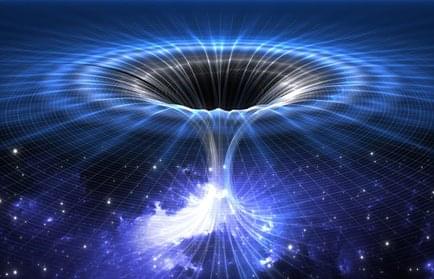
Norway’s tiny NorSat-TD satellite has made its first contact with Earth from LEO using its innovative laser communications payload.

Welcome to the latest edition of Security & Tech Insights. In this newsletter, predictions on topics of cybersecurity, emerging computing, artificial intelligence, and space will be explored. Thanks for reading and sharing!
Chuck Brooks, Editor.
https://enterprise.spectrum.com/insights/blog/2024-enterpris…aid-Social.
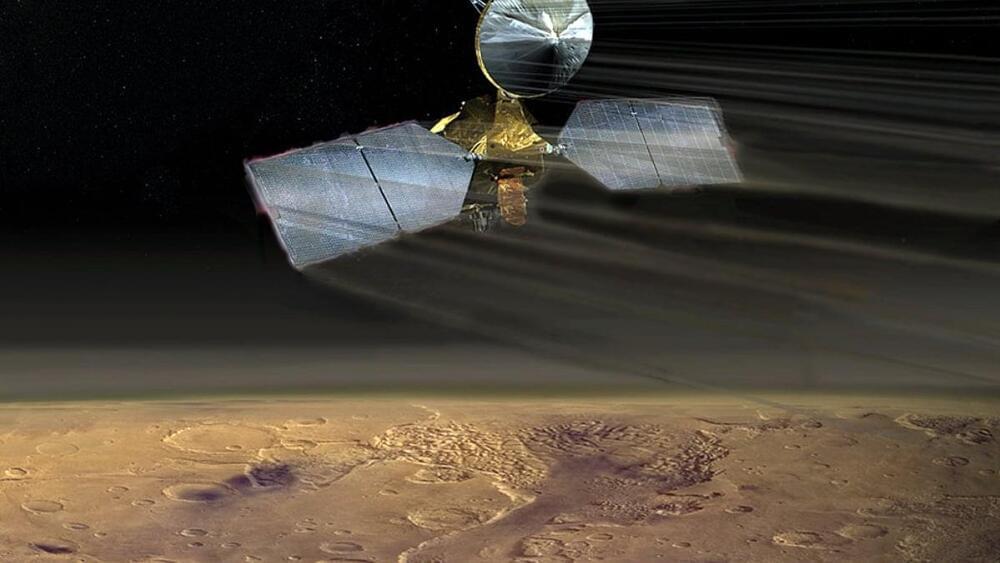

According to Russian media reports, Russian cosmonaut Oleg Kononenko is set to make history on Sunday as he will surpass the world record for the longest cumulative time spent in space.
Kononenko, who is currently on his fifth space mission, will clock a total of 878 days, 11 hours, 29 minutes, and 49 seconds in orbit by 11:30:08 Moscow time (0830:08 GMT), breaking the previous record held by his fellow countryman Gennady Padalka, who retired in 2017.
The 59-year-old Kononenko, also the commander of the Roscosmos cosmonaut corps, will extend his record until September 23, when he is scheduled to return to Earth after completing his current expedition. By then, he will have spent 1,110 days in space, equivalent to nearly 2 1/2 years.
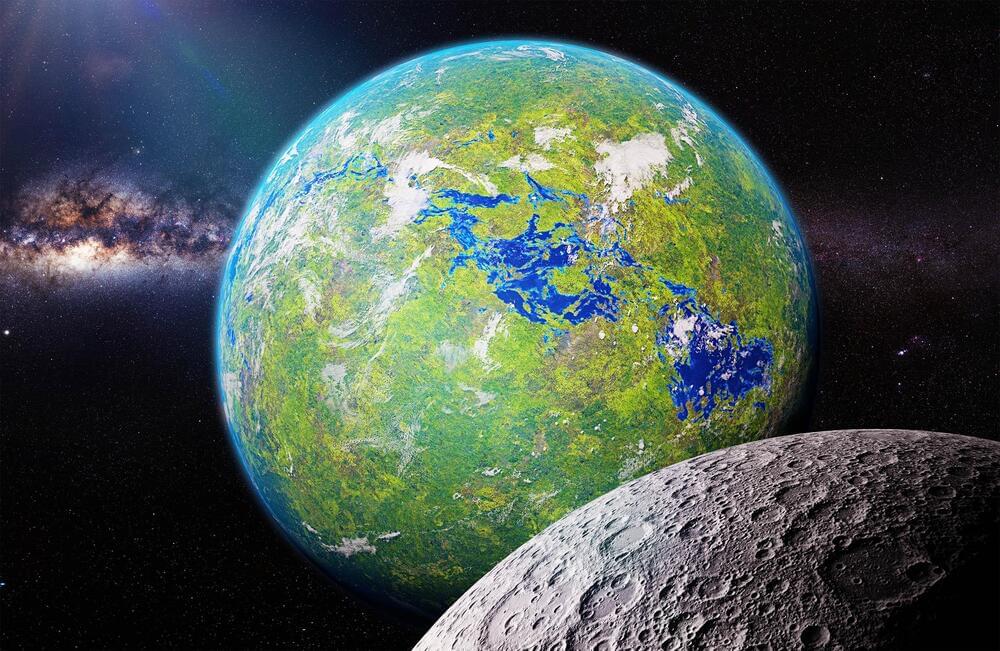
Scientists have discovered a super-Earth, named TOI-715 b, located within the “conservative” habitable zone of a nearby red dwarf star.
This revelation has ignited the astronomical community with the potential of uncovering conditions that are suitable for life a mere 137 light-years from Earth.
The research, led by Georgina Dransfield at the University of Birmingham, represents a significant step forward in our quest to understand the conditions under which life might arise.